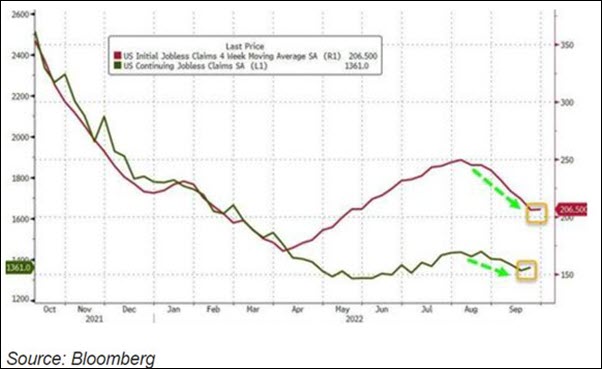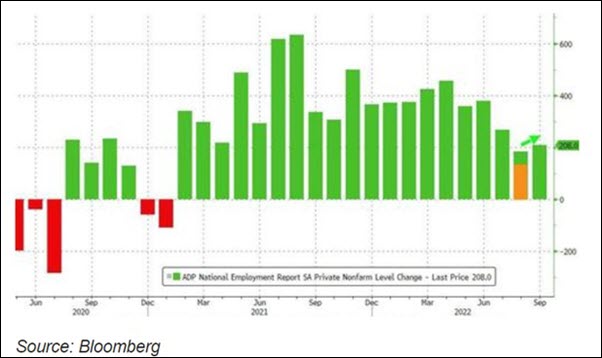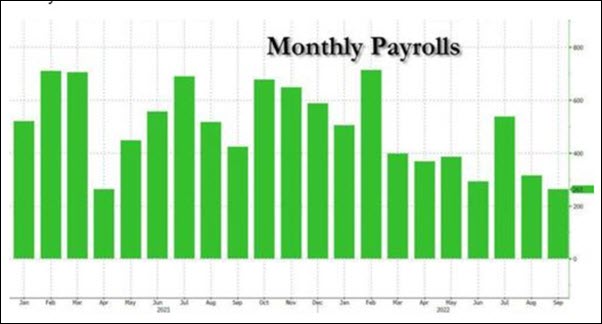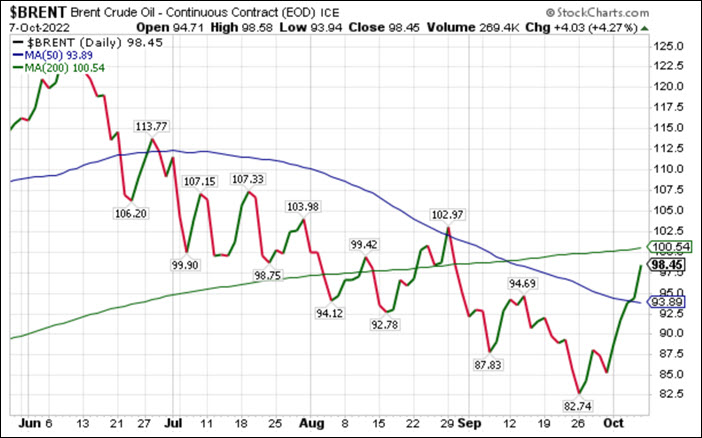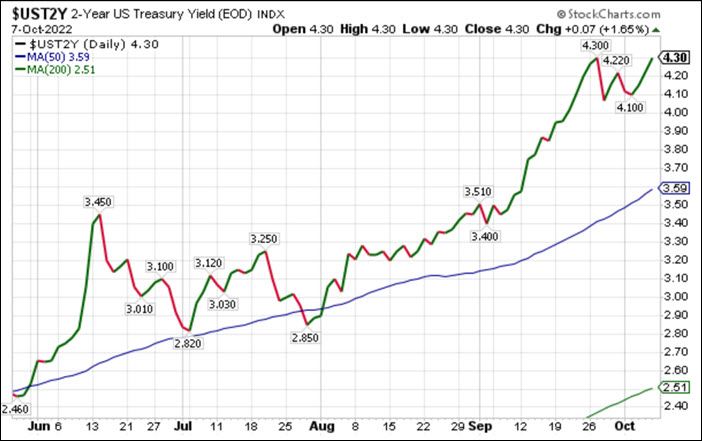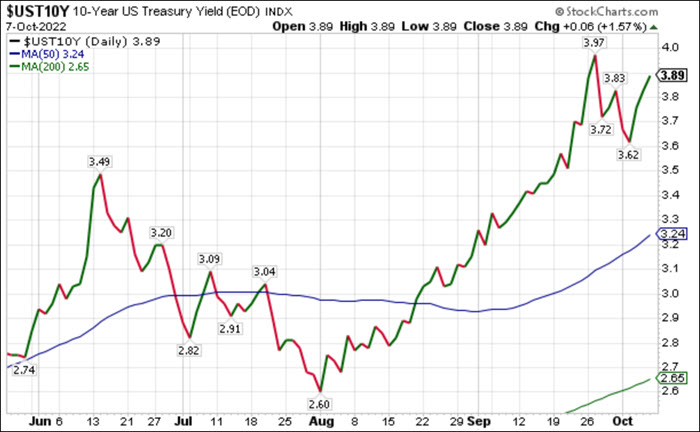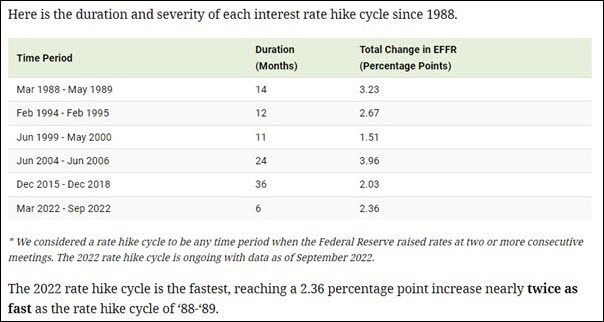My wife and I love to go out to eat at a good restaurant. She is much more of a "foodie" than me (and she is a great cook).
In the past year, it has become increasingly more difficult to get into some of our favorite restaurants. No, they are not packed. They just don't utilize their whole dining rooms. Why?
They don't have enough help. More importantly, they cannot recruit people to work in their restaurants or the industry. Some say they can get higher pay elsewhere (Amazon?), and some say after the pandemic, people would rather not work around a large number of people like in a restaurant.
Even though the average large company CEO has recently started to implement hiring freezes and slow down their human resource benefits, the truth remains that we are short workers in this country. The estimates range from 10-13 million people.
The truth also remains that while some large corporations may be slowing their hiring, small businesses, travel & leisure, restaurants, and many other service-oriented businesses cannot find enough eligible employees.
One need only be reminded of this when you go into a Walmart (NYSE:WMT) or Target (NYSE:TGT) and there are growing rows of self-service cashiers.
Or if you should go into some national fast food places, you may see heavy use of self-service kiosks. Perhaps you've also seen robots that have replaced humans for the job of cooking french fries and hamburgers.
Given that we have a predominantly service economy, these types of jobs are hard to fill. And with a lack of available and capable workers, it may continue to remain difficult, no matter how much the Fed induced slowdown of the economy should continue.
The See-Saw Continued this Week
Early this past week, the unemployment report numbers showed a tick up in unemployment claims. Unemployment claims increased from 190,000 to 219,000, and the 4-week average was up for the first time in 8 weeks. This was welcome news for those wishing to see a softening in the job market. See chart below:
A fierce bear market rally ensued, and the market put in two back-to-back days totalling more than 5.0% (depending on which index/market). The Bulls were waiting for follow thru and then came Wednesday.
It was no surprise on Wednesday when a preview of the upcoming Jobs report released by ADP showed more job growth than expected. Not only did the number jobs in September come in over 200,000 but the August revision showed unexpectedly higher job growth from reported 132,000 to 185,000 See chart below:
The market sold off on Wednesday and Thursday, somewhat as a prelude to what might come on Friday.
Then the jobs report hit on Friday morning.
September jobs reported at 263,000, unemployment tumbled to 3.5% (from 3.7% the month earlier) and the participation rate ticked down (not as many workers in the economy as projected). Great news for workers and the job market. Bad news for anybody who thought that the Fed would soon pivot and pause their aggressive Fed tightening.
There was substantial job growth in every sector of the economy except the transportation sector (more on this to follow). The Employment report was a much hotter number than expected and not what Wall Street was looking for. The market did not like it and plunged on Friday.
Jobs Disappearing in One Industry
The jobs report indicated that the truck transportation sector had approximately 1,580,800 employees in September compared to 1,592,200 the prior month, according to seasonally adjusted data from the Labor Department.
"DOL reported today that for-hire trucking shed 11,400 jobs in September excluding April 2020, that was the largest decrease since Apr'09," Bob Costello, the chief economist for the American Trucking Associations, tweeted. "It suggests that small fleets are folding and/or fleets are right sizing, but it should ease overcapacity fears, which I don't subscribe to."
Moving goods is a critical element of our global supply chain and our economy. This number, in particular, was viewed very negatively.
Oil Prices Rising Too
Oil and the cost of gasoline has been trending upward for the past two weeks. Part of this stems from the supply slowing. Supply concerns, for a while, were being handled by the Government releasing oil from the SPR (Strategic Petroleum Reserves). This helped lower prices for a while but has since come to a stop.
The other part came this week from the OPEC meetings where the Saudi's, and their other Mideast constituents (including Russia) are forecasting a possible over supply in the future and cut production by 2 million barrels a day. This amounts to approximately 2% of the worldwide demand.
After dipping down to $82 at the beginning of October, Crude (Brent) settled at $94 on Friday. For the day (Friday) Oil prices were up 5%. This will further stoke the inflation fire. See chart below:
As a result of the better-than-expected Jobs report coupled with higher gasoline prices and a strong dollar, bond yields rose yet again. This was also due to increasing rhetoric from Fed Governors about the need for them to continue raising interest rates to slow down the economy and bring inflation under control.
Earlier in the week economist from JP Morgan had come out and stated that if job growth exceeded 250,000, watch out interest rates. And that is exactly what happened. Bonds sold off, and yields got close to previous highs from a week earlier.
2-Year US Treasuries
10-Year US Treasuries
Negative effect on the Markets.
Friday was a nasty day with a trip down memory lane from just a week ago.
After the sun came out on Monday and Tuesday, the clouds were apparent Wednesday-Friday. (more to follow in the Big View section below). However, even after the sell-off, the Dow was up 2.0% for the week, the S&P 500 1.5%, and the Nasdaq eked out a small 0.7% gain. A positive week, nonetheless.
This remains a highly volatile and difficult bear market.
The Fed has its Knee Firmly On the Neck of the US Economy
With the year-over-year rate of inflation continuing to stay elevated and over 8%, the Fed has been raising rates at a faster pace than at any time in recent history. This acceleration will not only raise the cost of borrowing, doing business, and buying a house (to name a few of the detrimental effects), but it stands to put us in a recession, if we are not already in one. See charts below:
Just how fast is this? (see below, EFFR is Effective Federal Funds Rate):
Remember the Market is Made Up Of Three Important Inputs
We have shared this with our readers several times this year. The overall stock market valuation is determined by Inflation, Interest Rates and Earnings (company specific).
Movement in any one of these can change the stock market's price dramatically.
Here is a current summary review:
Inflation
High. Consumer prices and gasoline remain elevated and not coming down anytime soon (read Jobs and Oil above). Because of high inflation, interest rates must be increased (Federal Reserve view) to slow down the economy and high consumer demand.
Interest Rates
As discussed above, this is the fastest rise in interest rates in a very long time. We also believe that interest rates are not yet done going up. Potentially you have 3 more Fed hikes in front of us (possibly 75 bp, then 50 bp then 25 bp-which could be 1.5% more).
These interest rate hikes should slow down corporate America and eventually be factored into earnings adjustments. However, analysts, investors and portfolio managers have begun to factor in a contraction in earnings. This is having an immediate impact on stocks (especially the leaders) selling off and keeping downward pressure on the stock market.
Earnings
Price-Earnings mulitples have been abnormally high in the past few years. Much has come from company's growth rates coupled with tremendous artificial liquidity, especially from the free money era after Covid.
The past few years, the market has been valued using P/E multiples on average of 22-24. When investors sense real growth they will bid stock prices up and be comfortable with elevated earning multiples. That is no longer the case. In reality, given interest rates and inflation, the market could sell for a 10-15 multiple, factoring in low or even no growth. That is what is happening now.

